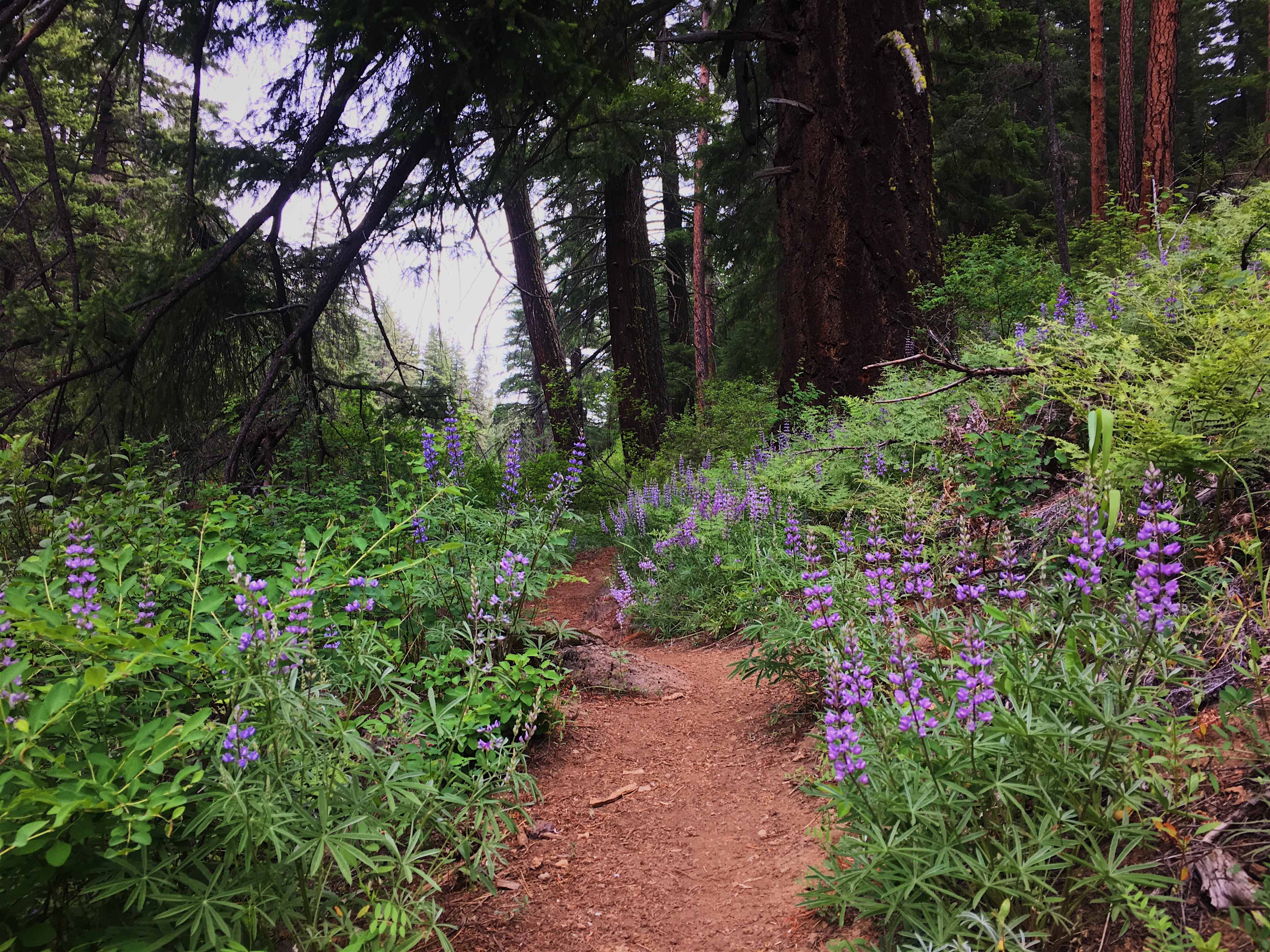Deschutes National Forest
Welcome to the Deschutes National Forest
The Deschutes National Forest encompasses nearly 1.6 million acres, offering year-around recreation opportunities.
Plan Your Next Visit
-
Recreation

The Deschutes National Forest offers year-round recreation opportunities. Start planning your next adventure today!
-
Recreation Passes

Some recreation sites require a day use fee. Find out where fees are charged and which passes may be used to cover these fees.
-
Trails Report

Know Before You Go - check out our trails report for updates and conditions on non-motorized and motorized trails across the forest.
-
Maps & Publications

We offer a variety of maps! You can digitally download some for free while others can be purchased through online vendors.
-
Winter Range Closures

Winter range closures are in effect December 1 through March 31. Motorized vehicles are prohibited in the closure areas to protect deer and elk during the winter.
-
Wildfire Crisis Strategy: Central Oregon

Central Oregon is one of 21 focal landscapes selected to receive up to $43.1 million in Bipartisan Infrastructure Law (BIL) funding to implement the Wildfire Crisis Strategy through 2024.
-
Lava River Cave Timed Reservations

Reserve your Lava River Cave Timed Reservation Ticket to secure your timeslot for parking at Lava River Cave ahead of arrival. Lava River Cave Timed Reservation Tickets improves visitors’ safety and experience by providing timeslots available for reservation in advance, including same-day arrivals (subject to availability).
-
Central Cascades Wilderness Permits

The Mount Jefferson, Mount Washington and Three Sisters Wilderness areas are home to iconic mountain peaks, high alpine meadows and lakes, and old growth forests. In an effort to preserve the natural beauty and wilderness experience for you and future visitors and to better manage recreation-related impacts, these areas are managed with use limits, or quotas, to ensure the protection of these landscapes now and into the future.
-
Central Oregon Fire Information

Visit Central Oregon Fire Info for information on prescribed fire, wildfire and smoke on the Deschutes & Ochoco National Forests, the Prineville BLM and the Oregon Department of Forestry. Text "COFIRE” to 888-777 to receive Deschutes County text alerts.
-
Discover Your Forest

Our non-profit partner Discover Your Forest enhances visitors' experiences while supporting the next generation of public land stewards.
-
Children's Forest

The Children’s Forest seeks to improve health and learning for all children in Central Oregon by getting them outside.
Follow Us on Social Media
Recent News
-
Phil’s Trailhead Parking Lot Temporarily Closed for Maintenance
Release Date: Apr 17, 2024
-
Sisters Ranger District Firefighters Plan 104-Acre Prescribed Burn West of Sisters Tomorrow
Release Date: Apr 9, 2024
-
Deschutes National Forest Hosts National Firefighting Aviation Training
Release Date: Apr 9, 2024
Features
West Bend Area: Trail, Road & Area Closures (February 2024)
We are restoring the forest adjacent to the City of Bend to improve forest health, create a diversity of plant and wildlife habitat and to protect our communities and quality of life.
Historically in Central Oregon small wildfires or insect infestations occurred creating a forested of different aged trees, underbrush, and openings, which allowed a diversity of wildlife and plants to flourish and kept forests resilient to large scale disturbances. The goal of this work is to restore a more resilient and healthy forest.
Winter Range Closures

Winter range closures are in effect December 1 through March 31. Winter range is habitat deer and elk migrate to in order to find more favorable living conditions during the winter. Winter range is found predominantly in lower elevations of central Oregon and is extremely important to mule deer survival. Winter ranges usually have minimal amounts of snow cover and provide vegetation for forage, hiding cover, and protection from the weather. In Oregon, mule deer migrate, often long distances, to lower elevations to escape or minimize exposure to snow cover.
Expending energy or stopping feeding activities to avoid humans causes deer to use energy reserves that might be needed to get them through the harshness of winter. Animals respond better to disturbances that are predictable, so please respect winter closures on trails and roads.
Spotlights
2023 Central Oregon Firewood

Firewood cutting season on the Deschutes National Forest is open May 1 through November 30.
What is Prescribed Fire?

Prescribed fire can be used to reduce hazardous fuels while improving forest and rangeland health and protecting the quality of our watersheds and wildlife habitat.
Accessible Adventures on the Deschutes National Forest

Learn more about accessible recreation sites on the Deschutes National Forest.
Hunting on the Deschutes

Planning a hunting trip on the Deschutes National Forest?
Know Before You Go by clicking on this information!







